In Latin American culture, the first days of November are when people pay tribute to the memory of loved ones who have passed away. It seems appropriate for me to tell you a bit about deceased loved ones and photography.
I'm talking about post-mortem photography – also known as memento mori – a Victorian photographic genre that was popular back in the nineteenth and beginning of the twentieth centuries.
Basically, photographs were taken of deceased loved ones; post-mortem photography had nothing to do photographing violence, crime, or war. Doing something like this today, while not as prolific a genre in the Victorian era, can still offer comfort to those families needing it.
(If you are interested in rituals surrounding the death of loved ones, please watch this piece on the Torajan people of Indonesia – if you watch this fascinating video, viewer discretion is advised).
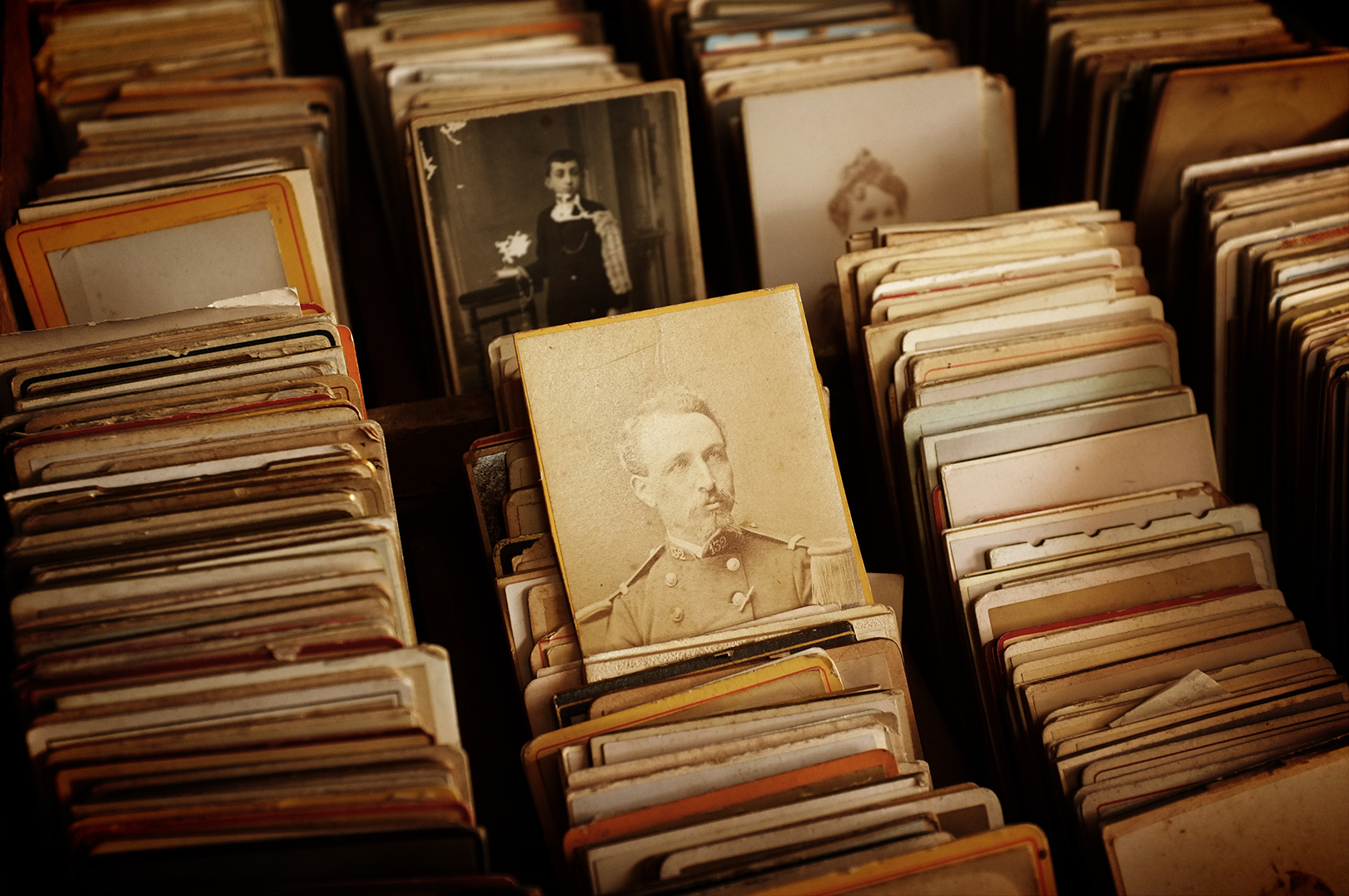
Portraiture through painting was an extreme luxury in the 18th and 19th centuries. With the invention of the daguerreotype in 1839, portraiture was made more accessible but was still a luxury, and people rarely had photographs of themselves or close relatives. Family portraits were also scarce.
How Was The Genre Born?
During the nineteenth century, death was seen as a part of ordinary life, and it was common for death to occur in homes instead of in hospitals or clinics. Since images of relatives and loved ones were scarce, people tended to think that a photograph of a deceased relative or loved one was preferable to not having a photograph of them at all.
How Important Was This Kind Of Photography For Families?
These photographs were commissioned by mourning relatives and families; in a way, the images helped people process their grief. They were a vivid remembrance of the deceased, and the photos quickly became a precious possession for every family who could afford to hire a photographer for such a complex task. Thanks to the nature of the photographic reproductions common at the time, small prints of the deceased were often carried in lockets so the owners could keep them close every day.
Who Were The “Little Angels”?
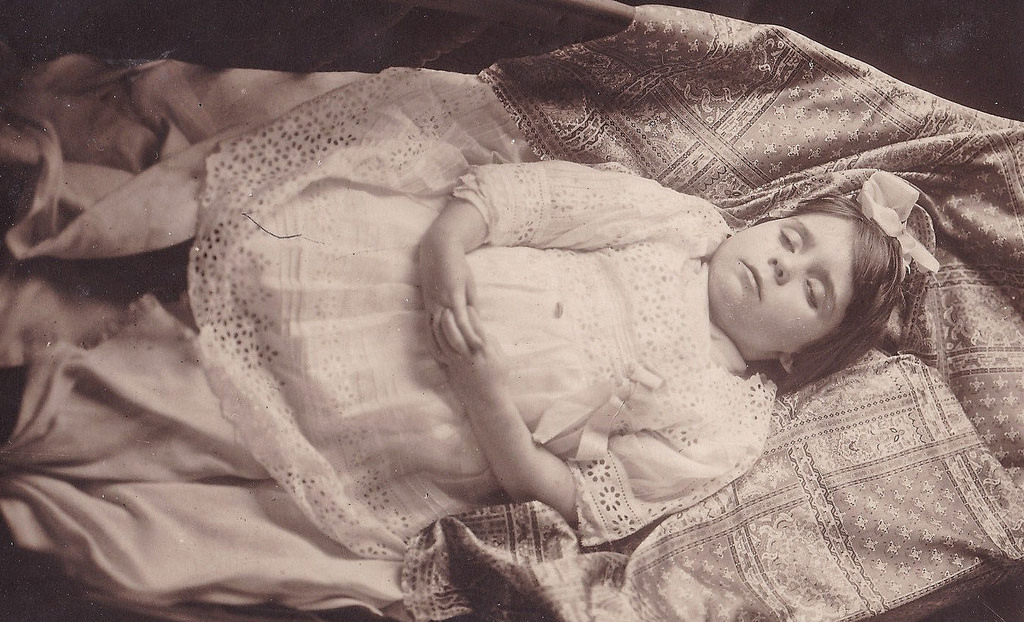
Children were a constant subject in this genre. Sadly, children suffered a high rate of mortality in those years and were portrayed in a very angelic way, often placed or positioned inside little cribs with flowers and toys.
These specific subjects were called “Little Angels”, especially in Latin America. Since this photographic style was so popular, each photographer developed his own style; some preferred a different approach, like, for example, the mother tenderly holding her deceased baby.
How Did They Manage To Maneuver The Stiff Body?
This is perhaps one of the most curious things about this practice. Photographers were not just photographers, but manipulators of corpses. When somebody died, it was likely that the family had never photographed the recently deceased person, so they called a photographer (sometimes when the sick relatives were in agony or in their last moments of life) to take the only photograph that would ever be taken of the soon-to-be-deceased.
Transportation wasn't as fast as is today, of course, so photographers sometimes had to travel for days to reach their destinations. Meanwhile, rigor mortis took place. Photographers had to deal with rigid bodies using highly archaic methods like belts, pulleys, and levers.
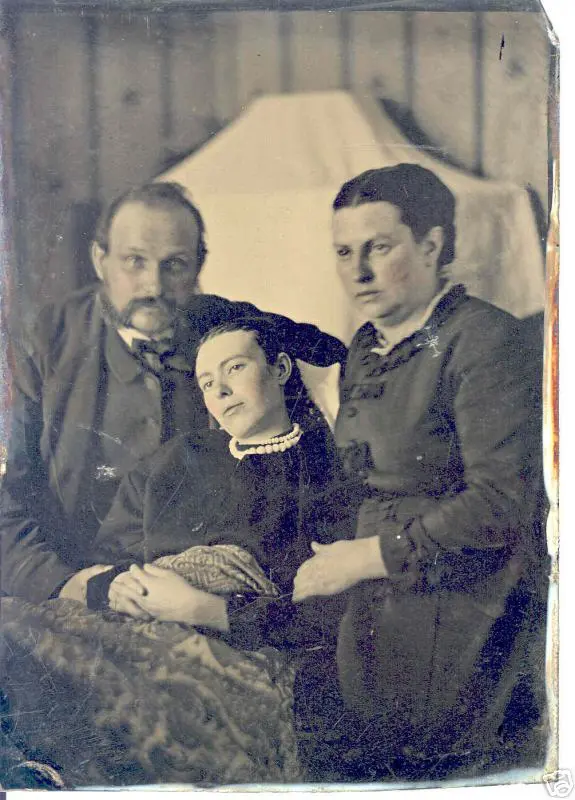
You can see in many of these photographs how these methods were used; some photographers managed through clothes and furniture to make them less evident, almost invisible. Some families preferred to have their deceased loved ones photographed as if they were asleep; others wanted a more “alive” feel. Photographers achieved this feeling by using glass eyes and other tricks.
So, This Was A Business?
Yup, this was an income source. Professional photographers of the time spent a lot of time traveling to photograph the deceased. These early photographers didn't just have to be good at capturing and developing images, but also at handling the stiff bodies of their subjects.
About The Style
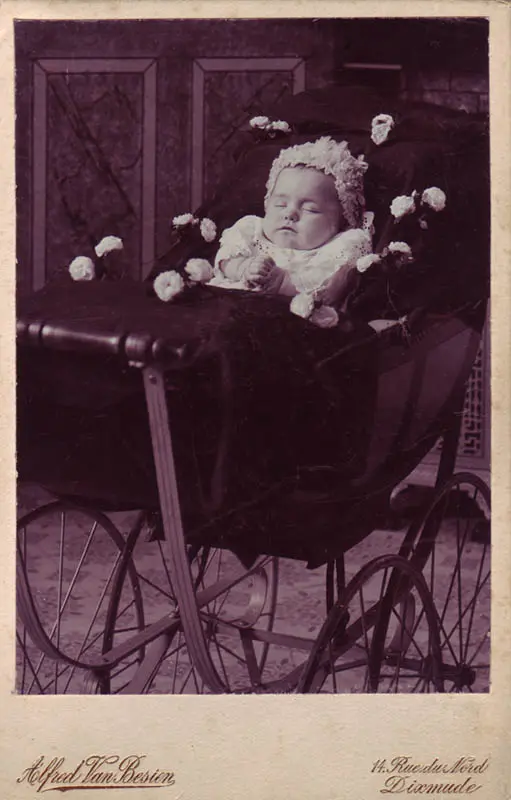
Some images were very traditional, with an obvious Victorian and ethereal look. Some of them are great works of art indeed. Before writing this piece, I skimmed this collection of images (again, discretion is very much advised) and was drawn to and intrigued by the artistry.
I'm not a fan of Victorian photographs, but the post-mortem images have a different aura; some of them were done with extreme care that I couldn't tell which of the subjects were alive and which were dead.
Why Did The Practice Disappear?
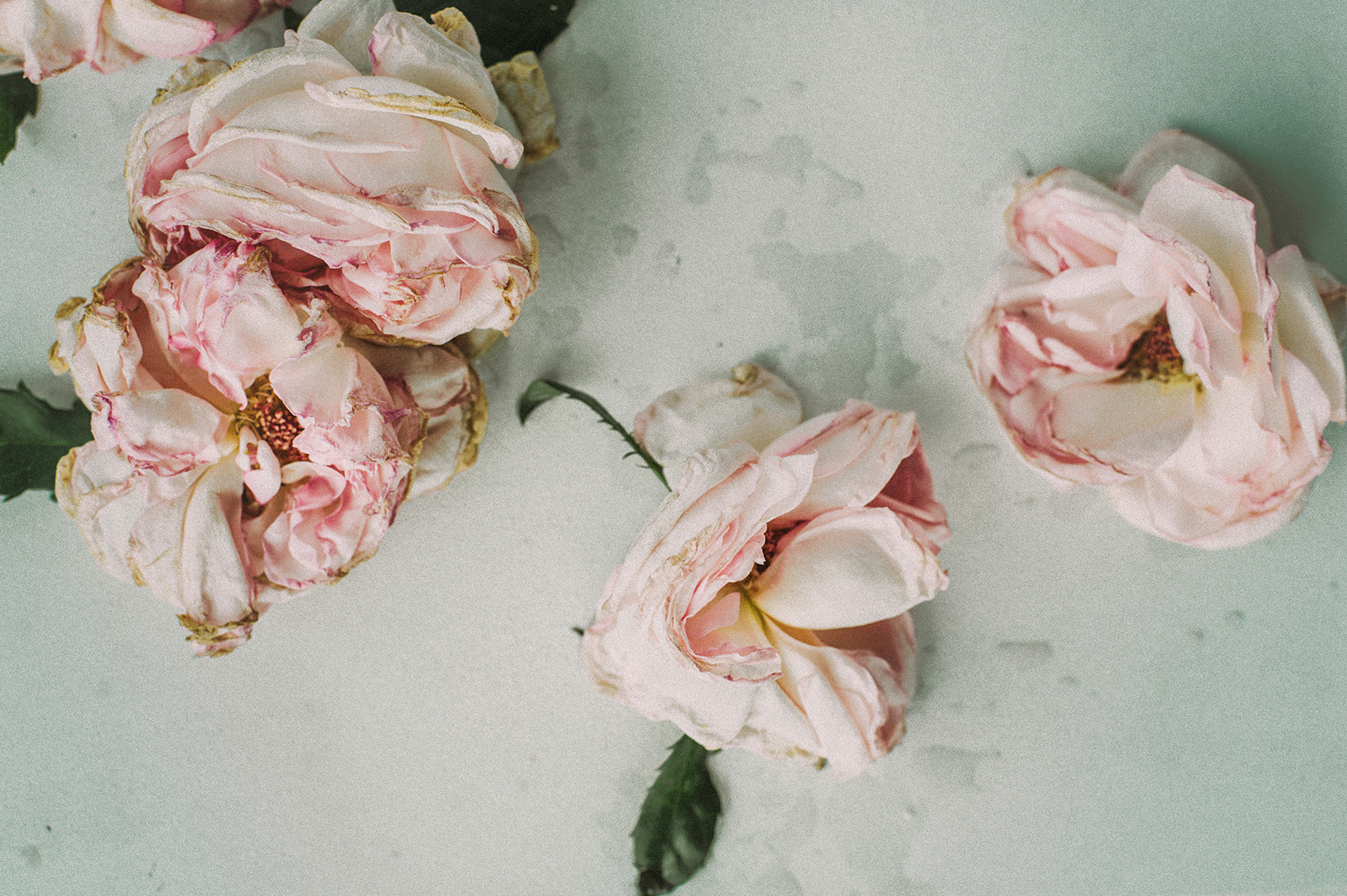
Death within domestic spaces was common, but with the evolution of medicine, we as humans built a great distance between life and death and post-mortem photography became rare and unpopular. This practice seems totally distant and odd now that we constantly take pictures of almost everything.
This article wasn't meant to be strange or macabre, but rather to offer a reason to meditate about the state of photography today. Some of these images were the only vivid picture families had of their loved ones. Memories fade with time, and for 200 years photography has been the most effective way to keep memories alive.




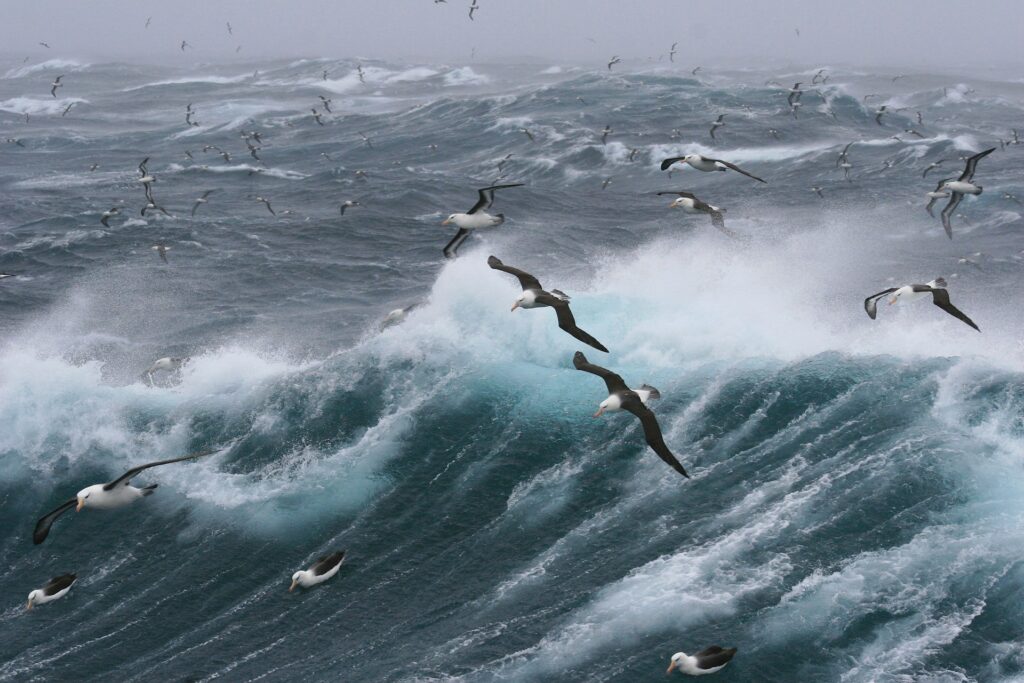


2 Comments
While Victorians did sometimes photograph their dead (as people still do today), this article repeats myths about the practice. They did not pose them with elaborate pulleys and belts. There are no authentic photos of the dead in a standing or “hanging out” sort of pose. The Mdolla link you included uses many false “dead” photos.
I’ve published a detailed debunking here: https://www.skepticink.com/incredulous/2016/06/19/myth-victorian-post-mortem-photography/
Hello, Edward
I have got from my archives some modern post mortem photographs, if you want?
See you soon.
Roger